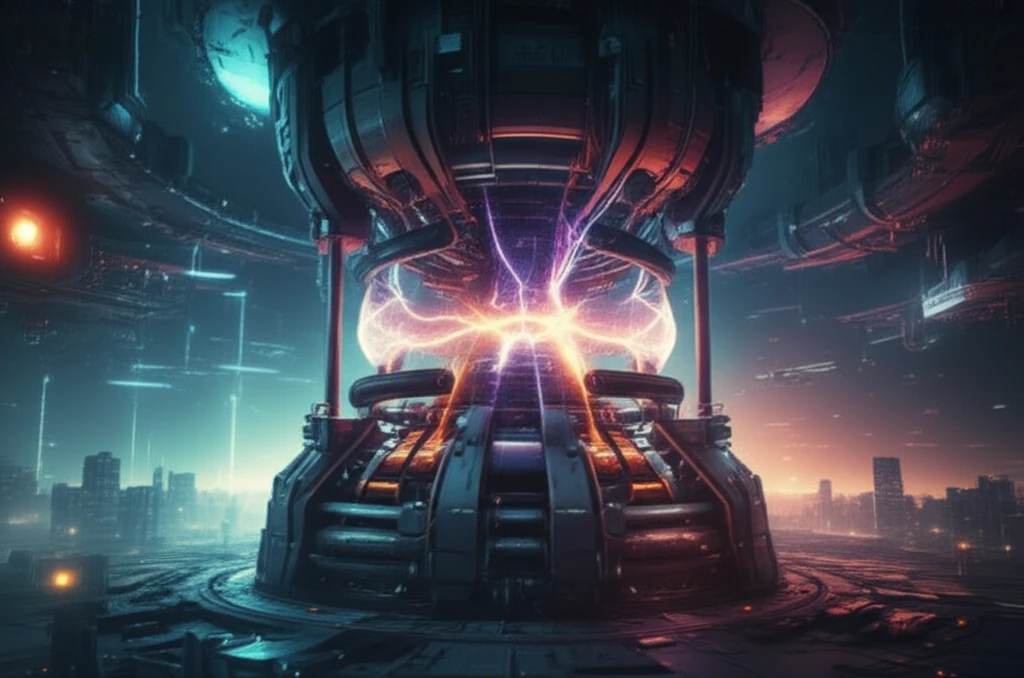
Fusion Breakthrough: How New Magnet Designs Could Power the Future
"Hybrid HTS-Nb3Sn-NbTi DEMO CS coil design is optimized for maximum magnetic flux generation and extends plasma burn duration."
The quest for sustainable and clean energy sources has led researchers to explore the potential of nuclear fusion. One of the critical components in a fusion reactor is the Central Solenoid (CS) coil, which generates the intense magnetic fields required to contain and control the plasma. Recent advancements in coil design, particularly the use of high-temperature superconductors (HTS), promise to significantly enhance the performance and efficiency of fusion reactors.
A recent study focuses on maximizing the magnetic flux generated by a CS coil with a fixed outer radius, leveraging HTS conductors in the highest field layers and combining them with Nb3Sn and NbTi in intermediate and low field layers. This hybrid approach optimizes the use of different superconducting materials based on their performance characteristics at varying magnetic field strengths.
The goal is to achieve a design that not only maximizes magnetic flux but also manages the mechanical stresses within the coil, ensuring its structural integrity and longevity. This is achieved through a combination of advanced materials and innovative engineering techniques, paving the way for more efficient and sustainable fusion power.
Understanding the Hybrid HTS-Nb3Sn-NbTi DEMO CS Coil Design

The Hybrid HTS-Nb3Sn-NbTi DEMO CS coil design represents a significant advancement in fusion reactor technology. This design strategically utilizes different superconducting materials—HTS, Nb3Sn, and NbTi—in specific layers of the CS coil to optimize performance and manage costs. This innovative approach aims to maximize the magnetic flux generated by the coil while ensuring its structural integrity and operational efficiency.
- HTS (High-Temperature Superconductors): Used in the innermost layers where the magnetic field is strongest, offering high critical current densities at high fields.
- Nb3Sn (Niobium-Tin): Positioned in the intermediate layers, providing a balance between cost and performance in moderately high magnetic fields.
- NbTi (Niobium-Titanium): Located in the outermost layers where the magnetic field is weakest, offering a cost-effective solution for lower field applications.
The Future of Fusion Energy
The development of hybrid coil designs represents a significant step forward in the pursuit of fusion energy. By optimizing the use of superconducting materials and carefully managing mechanical stresses, these designs pave the way for more efficient and sustainable fusion reactors. As research and development continue, the promise of clean, abundant fusion energy moves closer to reality, offering a potential solution to the world's growing energy needs.
